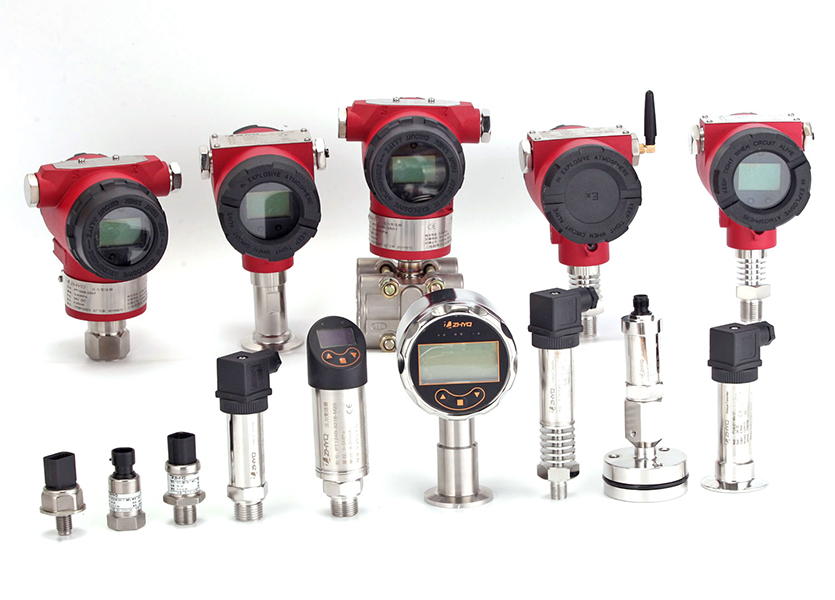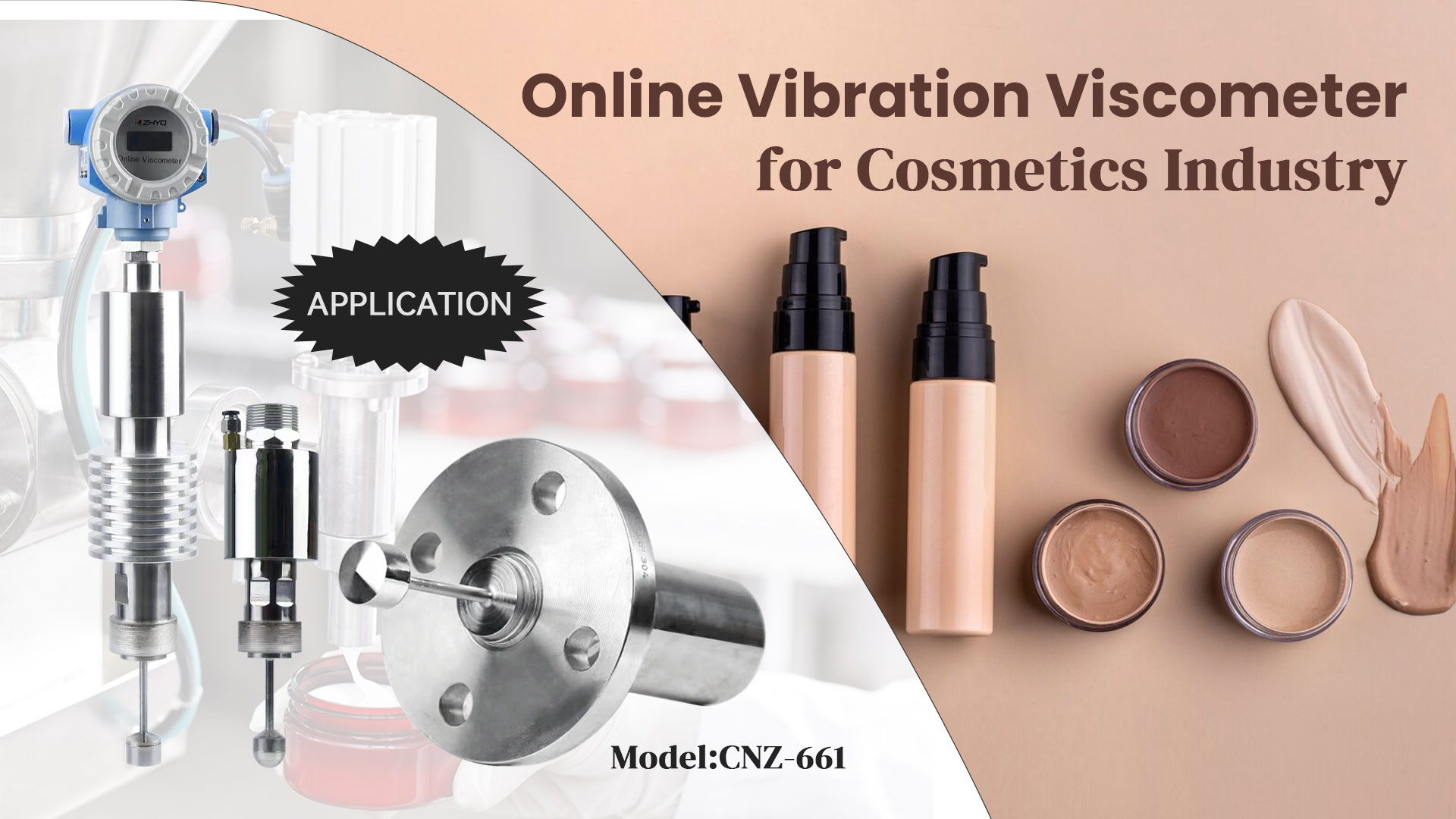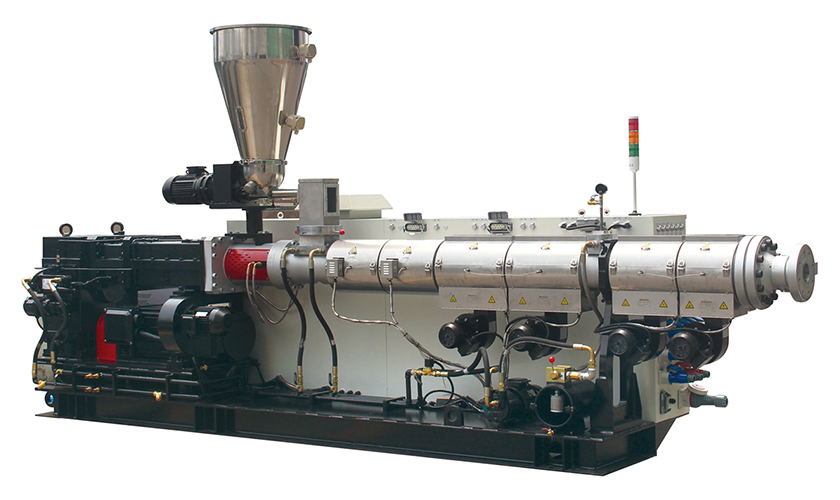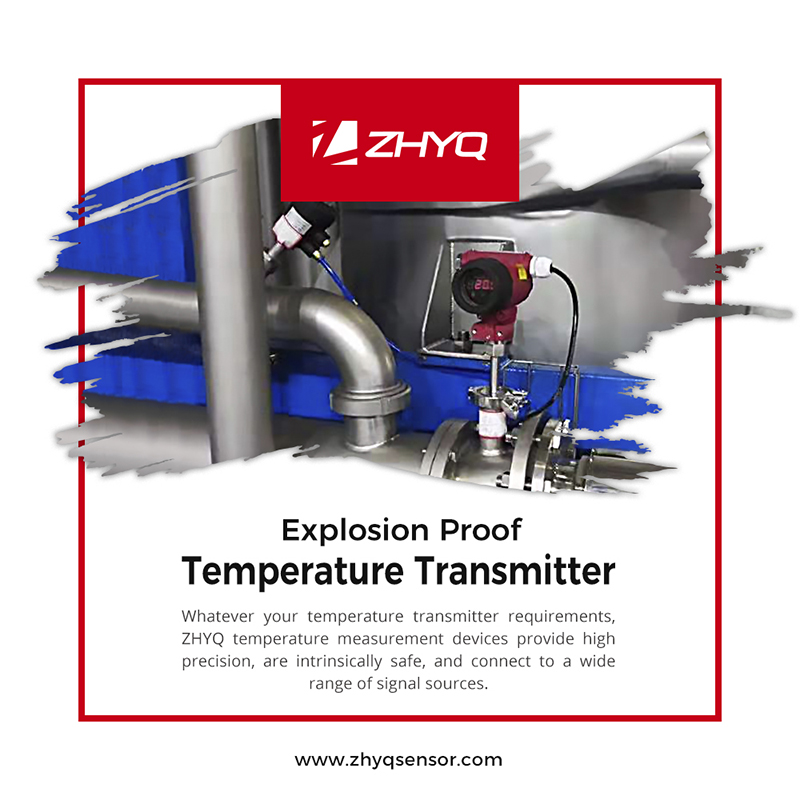
- Pressure Sensor, Pressure Transducer, Pressure Transmitter


- 2020-10-09
- Zhyq
- 181
Pressure Transmitter Working Principle
In this article, we’re going to introduce you to a very versatile instrument used in industry today – the Pressure Transmitter.
Alright…let’s go.
Transmitter vs Transducer
First of all, let’s discuss the terms Transducer and Transmitter. Some people will tell you that a Transducer and a Transmitter are the same things and therefore the terms are interchangeable.
If you are curious, conduct a web search of the two terms and you will be surprised at the wide range of results!

Transducer
A transducer is a device that converts one form of energy to another.
For example, an electrical transducer converts a sensed physical variable like temperature into an analog electrical signal.
Transmitter
A transmitter is a device that converts the electrical signal from the transducer into a much larger electrical signal that can be sent over a long distance to a PLC or a DCS.
Transmitter output signal
The transmitter output signal is usually a range of voltage (1 to 5 V) or current (4 to 20 mA) which represents the 0 to 100% of the sensed physical variable.

Pressure Transmitter
A Pressure Transmitter is an instrument connected to a Pressure Transducer.
The output of a Pressure Transmitter is an analog electrical voltage or a current signal representing 0 to 100% of the pressure range sensed by the transducer.

Measuring diaphragm
The actual sensor part of the transducer which makes contact with the pressure being sensed is based on several technologies and materials such as Strain Gauge, Capacitance, and Potentiometric.
The actual process is separated from the sensing material by a measuring diaphragm.
The type of sensor chosen is decided by the application and environment it is being used in.

Pressure measurement
Pressure transmitters can measure absolute, gauge, or differential pressures.
Absolute pressure
Absolute pressure is referenced to a perfect vacuum which is considered 0 psi! We express vacuum pressure as 0 psi (a).
Atmospheric pressure is usually about 14.7 psi (a).
Gauge pressure
The most common pressure measurement is gauge pressure which is the total pressure minus the atmospheric pressure.
Atmospheric pressure is 0 psi (g).
As we’ve discussed in our previous articles, the versatility of a differential pressure transmitter gives us the flexibility to measure level and flow as well as pressure.

Pressure Transmitter example
Let’s have a look at an example of a Pressure Transmitter measuring process pressure of gasses in a pipeline.

The Pressure Transmitter will send a current signal to the PLC which represents the process pressure.
The Pressure Transmitter is calibrated to provide a current range of 4 to 20 mA for a Process Pressure range of 0 to 350 psi.

Summary
Let’s review what we’ve discussed.
– Some people will tell you that a Transducer and a Transmitter are the same things and therefore the terms are interchangeable.
– A transducer is a device that converts one form of energy to another.
– A transmitter is a device that converts the electrical signal from the transducer into a much larger electrical signal that can be sent over a long distance to a PLC or a DCS.
– A Pressure Transmitter is an instrument connected to a Pressure Transducer.
– The output of a Pressure Transmitter is an analog electrical voltage or a current signal representing 0 to 100% of the pressure range sensed by the transducer
– Pressure transmitters can measure absolute, gauge, or differential pressures.
From realpars.com
Leave Your Inquiry
Your email address will not be published. Required fields are marked *


